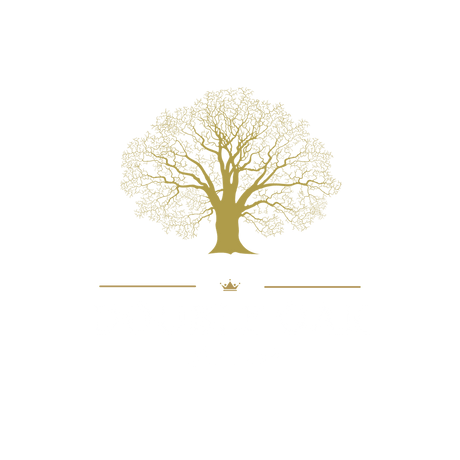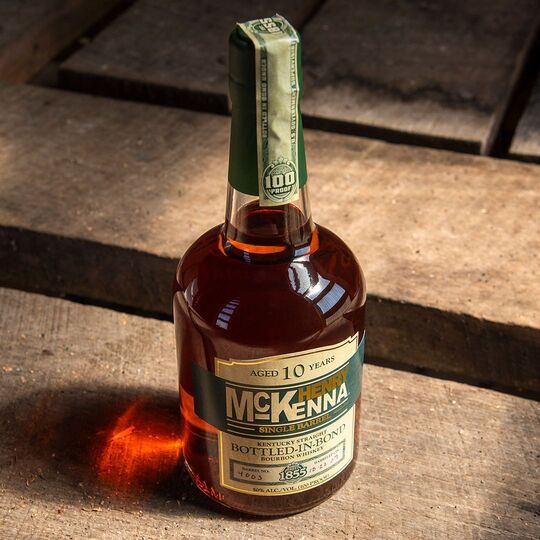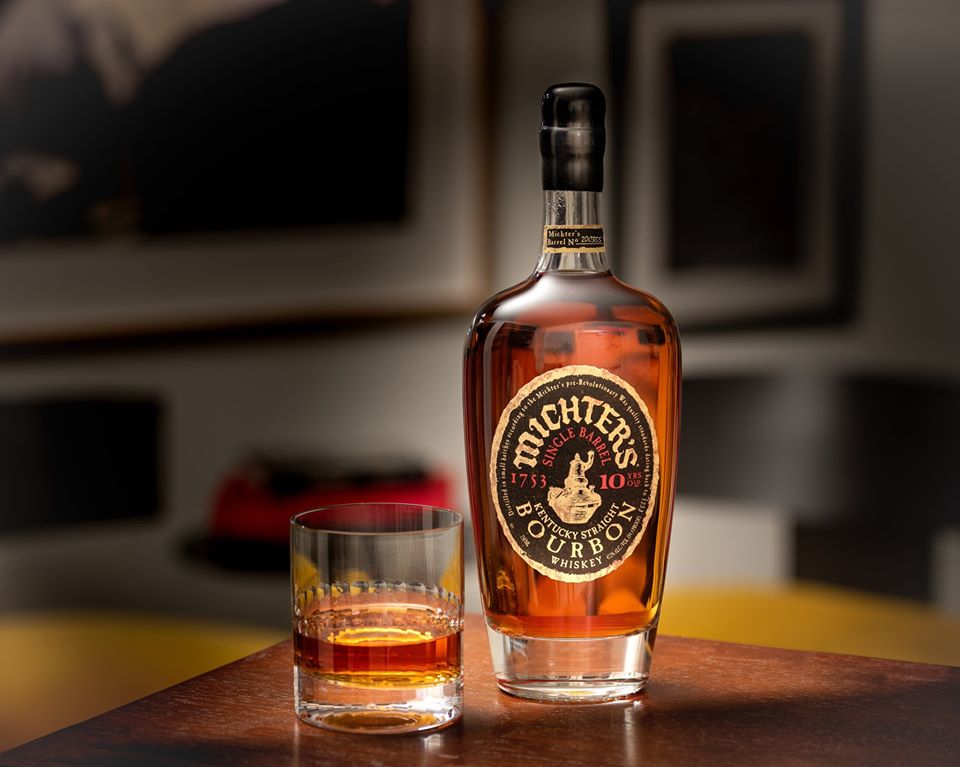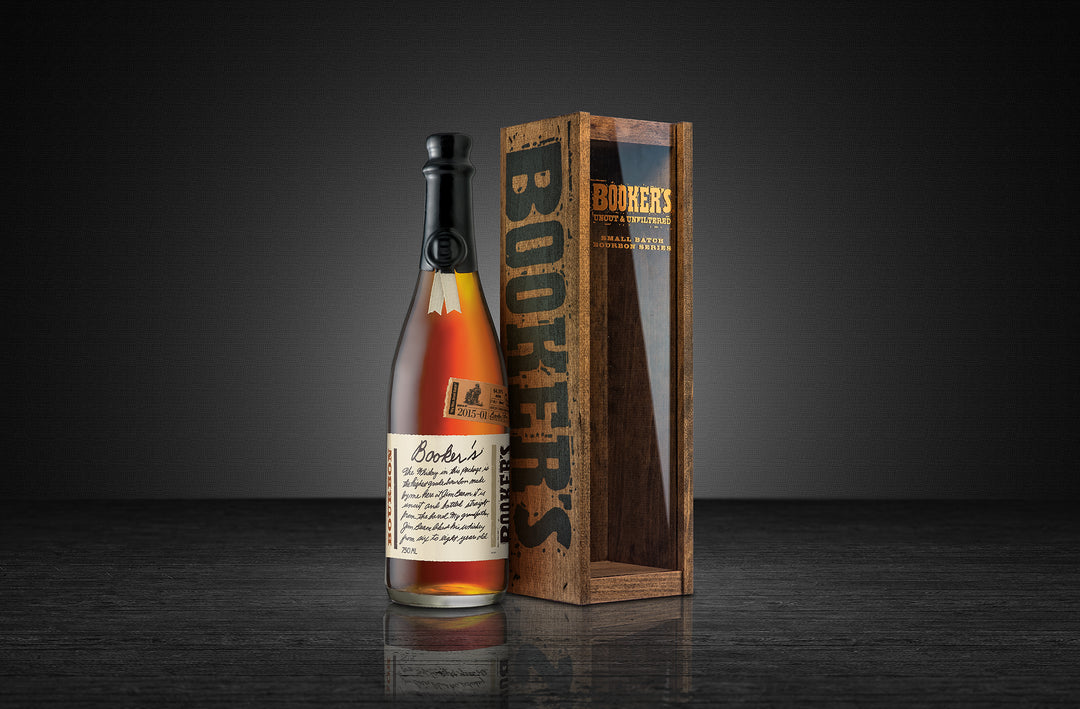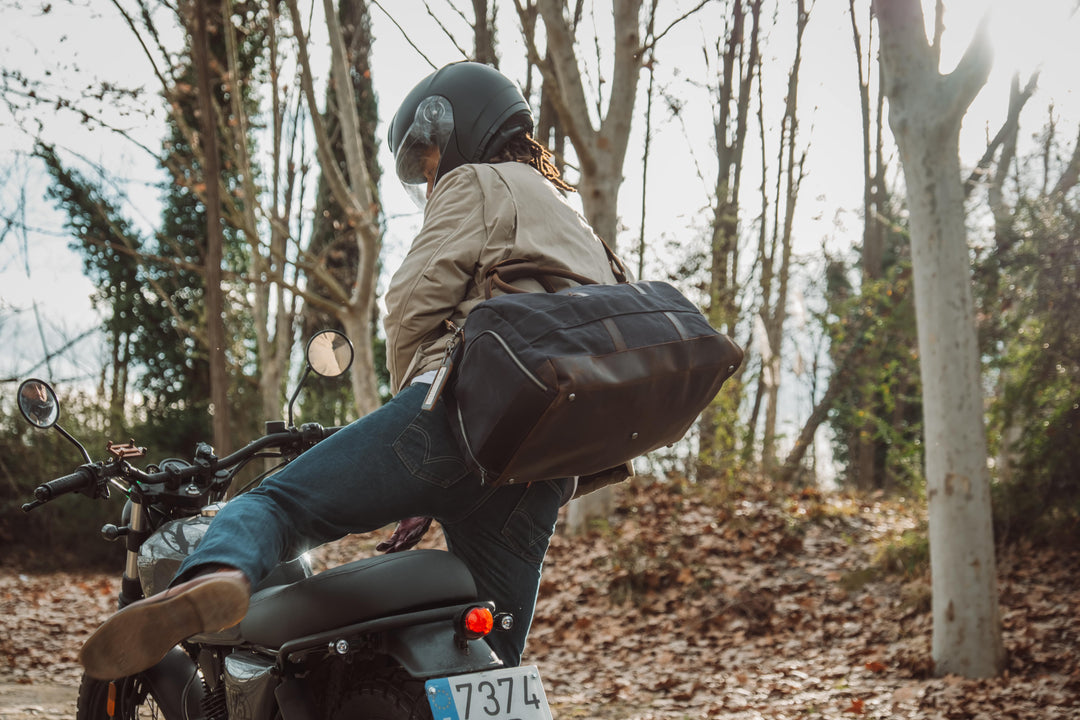What is Cold Smoking? A Clear Explanation

Are you ready to step out of your usual barbecue routine and explore new flavor possibilities? Learning how to cold smoke is a great way to do just that. However, it's important to note that cold smoking requires precision and care, as there are real health risks involved.
Don't let that discourage you, though. With the right setup and expert knowledge, these risks can be mitigated. In this article, we'll provide you with all the information you need to know about cold smoking, so you can decide if you're ready to take on the challenge.
What is Cold Smoking?
Cold smoking is a technique used to add a distinctive smokey flavor to meat and other food products. This process is often used in conjunction with curing to preserve food and extend its shelf life. Unlike hot smoking, which cooks the food, cold smoking exposes the food to smoke without much heat. The food needs to be kept lower than 90°F during the smoking process.
To cold smoke meat, the basic process is as follows:
- The meat goes through a curing process to extract moisture and inhibit bacterial growth.
- The cured meat is exposed to smoke, which imparts the distinctive smoky flavor. Smoking the meat takes time, from hours to days, depending on the product.
Cold smoking has been used for centuries to preserve meat through the winter when food was scarce. In western culture, smokehouses were often used to smoke and store meats. Nowadays, cold smoking is also used to add flavor to cheese, fish, and other food products.
Some food products can be cold smoked and may not need to be cured like meat does. Cold smoked products can last for months without being refrigerated. However, it is important to follow proper food safety guidelines and ensure that the food is properly cured and smoked to prevent the growth of harmful bacteria.
Overall, cold smoking is a great way to add a unique flavor to your food and extend its shelf life. With the right equipment and techniques, you can easily cold smoke your own meat and other food products at home.
Hot Smoking vs Cold Smoking
When it comes to smoking meat, there are two main methods: hot smoking and cold smoking. Hot smoking involves cooking the meat at temperatures between 225° – 250°F, while cold smoking involves smoking the meat at temperatures below 90°F.
Hot smoking cooks the meat while it is being smoked, making it safe to eat immediately after smoking. The high temperatures also kill any harmful bacteria, eliminating the need for curing the meat beforehand. However, curing or marinating the meat can still add flavor to the finished product.
Cold smoking, on the other hand, does not cook the meat and is primarily used for flavoring. Because the meat is not cooked, it must be cured before smoking to prevent the growth of harmful bacteria.
The table below summarizes the main differences between hot smoking and cold smoking:
| Hot Smoking | Cold Smoking | |
|---|---|---|
| Temperature | 225° – 250°F | Below 90°F |
| Meat Cooked | Yes | No |
| Curing Required | No | Yes |
| Time | Hours to a day | Days to weeks |
| Flavor | Cooked, smoky | Smoky, cured |
Overall, the choice between hot smoking and cold smoking depends on the desired outcome. Hot smoking is best for cooking meat while adding a smoky flavor, while cold smoking is best for adding a smoky flavor without cooking the meat.
What Types of Food are Best for Cold Smoking
Cold smoking is a technique that can be used on a wide range of foods. While salami and smoked salmon are popular options, there are other foods that can be cold smoked with a lower health risk. If you are new to cold smoking, it is recommended to start with low risk foods like cheese, tofu, nuts, vegetables, hard boiled eggs, olive oil, and garlic.
Meat like bacon that is cooked before serving is also a low-risk option. This helps to kill off any bacteria that might have grown. However, sausage and fish carry a higher risk than other types of meat, as they provide just the right conditions for botulism to grow if not handled properly.
When selecting foods for cold smoking, it is important to consider their texture and moisture content. Foods with a higher moisture content, like fish, may require a longer smoking time to achieve the desired flavor. Harder foods like nuts and cheese may require less smoking time.
Overall, it is important to choose foods that are appropriate for cold smoking and to follow proper food safety guidelines to prevent any health risks.
The Dangers of Cold Smoking (or How Not to Die from Botulism)
Why is Cold Smoking More Dangerous Than Hot Smoking?
Cold smoking is a method of smoking meat that does not involve cooking the meat. This creates ideal conditions for the growth of harmful bacteria, such as Clostridium botulinum (botulism) and Listeria monocytogenes (listeria).
Curing the meat before smoking it with salt can help inhibit bacterial growth, but it will not completely eliminate the risk. Additionally, the temperature at which the meat is kept during cold smoking can encourage bacterial growth if not carefully monitored.
While cold smoking has been practiced by various cultures for centuries, it is important to note that people have died from consuming meat that was not cold smoked safely. Modern factory production methods have actually increased the risk of dangerous bacteria ending up in our meat.
Certain People Should Avoid Cold Smoked Meats at All Costs
Due to the high risk of listeria contamination, it is recommended that immunocompromised individuals, such as the elderly, the chronically ill, and pregnant women, avoid consuming cold smoked fish products, even those that are commercially produced.
It is worth noting that cold smoked fish also carries a risk of parasitic infection. Tapeworms, for instance, can make their way into the waterways via runoff from the feces of mammals that live on the land nearby. Cooking would normally kill such parasites, but cold smoking does not.
Conclusion
In conclusion, cold smoking can be a risky method of smoking meat due to the potential growth of harmful bacteria. It is important to properly cure the meat before smoking it and to closely monitor the temperature during the smoking process. Immunocompromised individuals should avoid consuming cold smoked fish products, and it is important to note the risk of parasitic infection. By understanding these risks and taking proper precautions, you can safely enjoy the unique flavors of cold smoked meats.
Summing up the risks
Cold smoking poses several risks that you should be aware of before you decide to try it at home. Since the food is not cooked, it remains in the temperature danger zone for bacterial growth during the cold smoking process. This means that parasites and harmful bacteria that may have been present in the meat are not killed, increasing the risk of foodborne illness. The risk of botulism and listeria is particularly high when cold smoking sausages and fish.
If you are immunocompromised, such as those who are chronically ill, frail aged, or pregnant, it is advised that you avoid consuming cold smoked meat products altogether.
Despite these risks, many people still enjoy cold smoking and do it safely at home. There are plenty of resources available that teach you how to safely cold smoke. The book "Home Production of Quality Meats and Sausages" is a good resource that explains the science and techniques behind charcuterie.
To minimize the risks of cold smoking, it is important to follow safe food handling practices and use proper equipment. Make sure to thoroughly research and understand the process before attempting to cold smoke any food.
DIY Cold Smoker Setup
If you're looking to smoke your food with a cold smoker setup, there are a few options available to you. In general, cold smoking involves using an external firebox to produce smoke, which is then pumped into a separate container where your food is placed. This allows the smoke to cool and infuse your food with flavor without cooking it. Here are some options for creating your own cold smoker setup:
Cold smoking in a Weber Smokey Mountain
One option for cold smoking is to use a Weber Smokey Mountain as your smoking chamber. However, it can be challenging to keep the temperature below 120°F if you try to keep the food and fire in the same chamber. To get around this, you can use an electric cooker in a cardboard box to produce smoke, and then pump the smoke into the Weber Smokey Mountain through foil ducting. Make sure to cut vents in the box to keep the air flowing, and use a small computer fan to pump the smoke. You'll need accurate thermometers to monitor the temperature in the Weber Smokey Mountain, and it's important to keep an eye on the setup to avoid any fire hazards.
Cold smoking in a Masterbuilt smoker
If you have a Masterbuilt electric smoker, there's a cold smoking kit available that attaches to the wood chip loading port of the smoker. This kit can produce continuous smoke for up to 6 hours at a temperature of 100-120°F. However, some users have reported that this smoker can produce creosote, which can leave your food with a bitter taste. To avoid this, you can add around 3 inches of dryer tube to remove the creosote and improve temperature control. Another solution is to let the chips flare up and allow the white smoke to settle down before feeding the smoke into your smoking chamber.
Use a pellet tube smoke generator
A pellet tube smoke generator is another option for cold smoking. This device is specifically designed to produce smoke without generating much heat, and can be placed directly in your cooker. To use it, simply fill the smoke generator with pellets or sawdust, use a torch to light them at one end, and let them burn until they're glowing hot. Blow out the flame and place the smoker in your cooker. This unit claims to provide 4-6 hours of smoke, but some users have reported falling short of this claim. It's important to follow the instructions carefully and use high-quality pellets to get the best results.
Overall, there are several options available for creating your own DIY cold smoker setup. Whether you choose to use a Weber Smokey Mountain, a Masterbuilt smoker, or a pellet tube smoke generator, make sure to follow the instructions carefully and monitor the temperature to ensure that your food is smoked to perfection.
Cold Smoking Cheese
If you are hesitant to try cold smoking due to concerns about botulism, cold smoking cheese is a safer alternative that yields delicious results in just 2-4 hours. Unlike cold smoking meat, the risk of botulism is lower when smoking cheese, but be sure to keep the temperature below 90°F in the smoking chamber to prevent melting.
To maintain a low temperature, it is best to smoke cheese in cooler weather. If you must smoke cheese in warmer months, try smoking in the morning or evening when temperatures are cooler, or add ice to the smoking chamber to keep the air around the cheese cool.
To ensure an even coverage of smoke over the surfaces of the cheese, cut it into smaller chunks and turn it regularly. Bringing the cheese up to room temperature before smoking it can prevent condensation from forming on the surface.
After smoking, wrap the cheese in plastic wrap and leave it in the refrigerator for a few days to develop a more intense flavor.
For step-by-step instructions on how to cold smoke cheese in your smoker, check out the video by Malcom Reed of HowToBBQRight.com. You can also learn more about cold smoking cheese in our blog post.
Tips for Cold Smoking Safely
1) Make Sure You Follow Expert Recipes
When it comes to cold smoking, following expert recipes is crucial to ensure the safety of your family and friends. While some may claim to be experts, it's important to rely on trusted sources. A great resource for charcuterie and sausage recipes is the book, "Charcuterie: The Craft of Salting, Smoking, and Curing" by Michael Ruhlman and Brian Polcyn.
2) Source the Highest Quality Meat or Fish from a Local Butcher or Fishmonger
When cold smoking, it's important to use high-quality meat or fish to reduce the risk of parasitic infection. Find a local butcher or fishmonger you trust, who knows how to identify signs of infection in the flesh and can tell you where the meat or fish has been sourced.
3) Use Cold Smoking Combined with Salting
It's important to remember that cold smoking alone does not cure the meat. Before smoking, cure your meat by fermenting, salting, or curing it. The National Center for Home Food Preservation recommends that only meat products that have been fermented, salted, or cured should be cold smoked.
4) Use Cold Smoking Followed by Another Cooking Method
To ensure the safety of your food, it's recommended to cook cold-smoked products to an internal temperature of 160°F before eating. Alternatively, you can smoke your meat for a short period of time while it's raw, then immediately cook it to impart a smoky flavor.
By following these tips, you can safely enjoy the delicious results of cold smoking. Remember to always take precautions and rely on trusted sources for recipes and ingredients.


